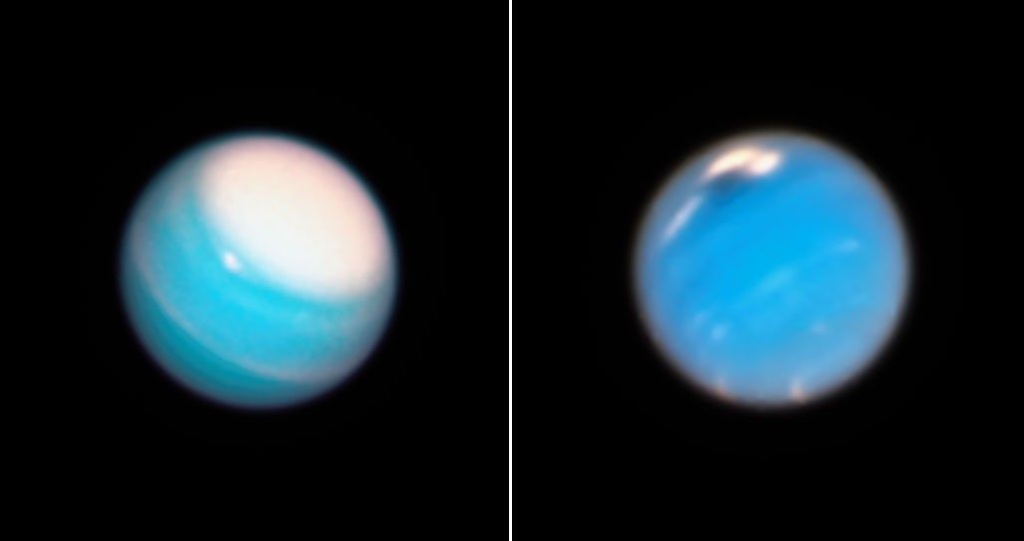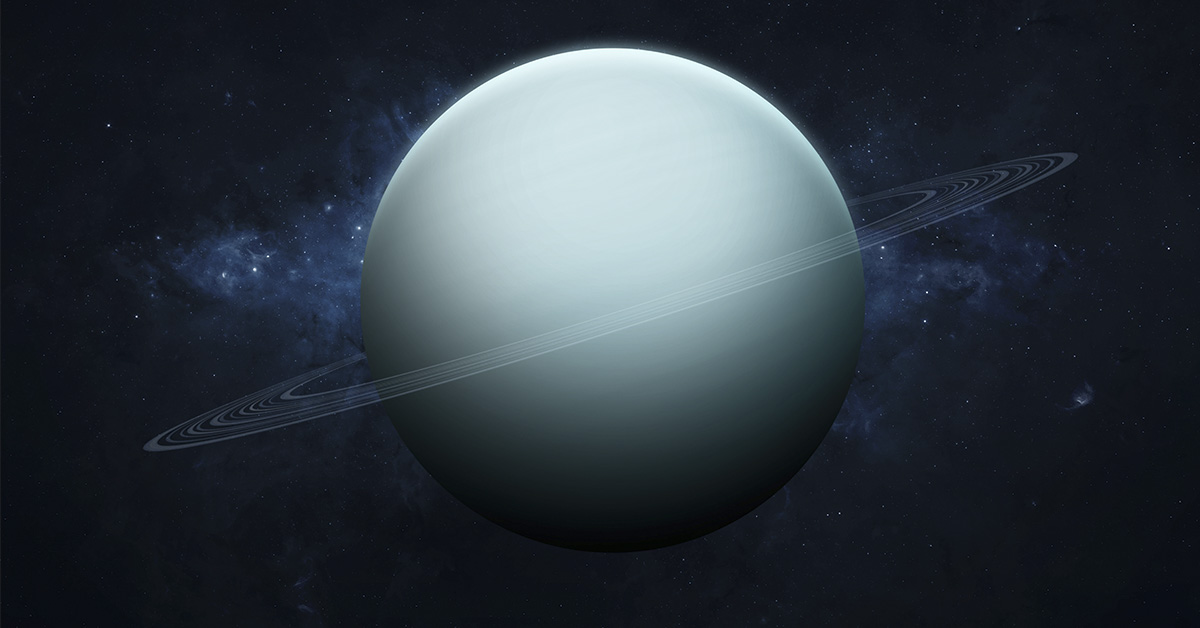Uranus has long been one of the most mysterious and misunderstood planets in our solar system. Known for its frigid atmosphere, sideways rotation, and distant location, this ice giant has baffled scientists since it was first discovered. While telescopes and the Voyager 2 flyby gave us glimpses of its atmosphere and unusual tilt, many questions remain unanswered. Now, a new study may unlock some of those secrets.
Researchers have discovered that Uranus may contain significantly more methane than previously believed. This breakthrough could help explain the planet’s odd behavior, from its off-center magnetic field to its lack of internal heat. It also adds momentum to the growing call for a dedicated space mission to explore the ice giant in more detail.
A Methane-Rich Interior Changes Everything
For decades, scientists believed the interior of Uranus contained a mix of water, ammonia, and only a small amount of methane. They assumed methane could not survive the planet’s intense internal pressures and high temperatures. Older models suggested it would decompose or chemically transform into different compounds deeper within the planet.
However, new computer simulations have challenged that view. Researchers found that methane can remain stable at much greater depths than previously thought. This stability means methane could make up a much larger portion of the planets icy mantle than earlier studies estimated. These findings force a reevaluation of how the planet formed, how it evolved, and how it continues to function today.
Read More: 13 Astonishing Images Taken By Voyager 1 On Its Way to Interstellar Space
Why Methane Matters for Planetary Science
Methane is not just a trace gas that gives Uranus its distinct bluish color. While it does absorb red light and help create the planet’s visual appearance, it may also influence internal processes. A higher methane concentration could affect how heat moves through the planet. Unlike Jupiter and Saturn, which radiate more heat than they receive from the Sun, Uranus emits almost no internal heat. This has puzzled scientists for years.
If methane behaves differently under pressure compared to water or ammonia, it might trap heat or change how materials circulate inside the planet. This could explain why Uranus appears so cold and quiet. Furthermore, the planet’s magnetic field is tilted and irregular. Methane’s physical properties could affect how the interior flows and generates that field, offering a new explanation for its odd configuration.
These possibilities highlight how important methane may be in shaping the behavior of of this planet. What seemed like a minor component might turn out to be a major influence.
A Broader Impact on How We View Ice Giants
The new research on Uranus has implications that go beyond our solar system. Until now, Uranus and Neptune were considered twins with similar structures. However, Neptune emits more internal heat and has a slightly different magnetic field. If Uranus has more methane, that could explain the differences between the two planets.

Additionally, many of the exoplanets discovered so far are similar in size and composition to Uranus. These so-called ice giants orbit distant stars and are difficult to study directly. If methane can persist under extreme conditions in our own solar system, the same may be true elsewhere. That changes how we model these distant worlds and interpret the limited data we can gather about them.
Time to Revisit a Forgotten Planet
Despite its importance, Uranus has received very little attention from space agencies. Voyager 2 remains the only spacecraft to have visited it, and that was nearly 40 years ago. Since then, we’ve sent rovers to Mars, orbiters to Jupiter and Saturn, and probes to distant asteroids. Uranus, however, remains unexplored.
NASA has placed a Uranus orbiter mission high on its list of priorities for the next decade. The recent methane findings only strengthen the argument for sending a dedicated spacecraft. A mission could gather data on the planet’s gravity, magnetic field, atmosphere, and internal structure. It could also provide close-up views of the planet’s rings and moons, many of which remain poorly understood.

With new technology and growing scientific interest, the timing has never been better. Studying Uranus up close could offer insights not only into its unique features but also into the broader mechanics of planetary systems.
Final Thoughts
The discovery that Uranus may be far richer in methane than previously thought marks an exciting development in planetary science. It offers new explanations for the planet’s unusual characteristics and challenges existing models of its interior. More importantly, it opens the door to a deeper understanding of ice giants, both within our solar system and beyond it.
As researchers continue to explore this theory, one thing is clear. Uranus is no longer just an afterthought or a punchline. It is a complex, fascinating world that deserves our full attention.
Read More: Could Our Solar System Have Nine Planets? Astronomers Suggest It’s Possible

